Guru Nanak Jayanti Wishes, Quotes, and Messages to Share
Celebrate Guru Nanak Jayanti 2025 with inspiring wishes, quotes, and messages that reflect the divine teachings of Guru Nanak Dev Ji.
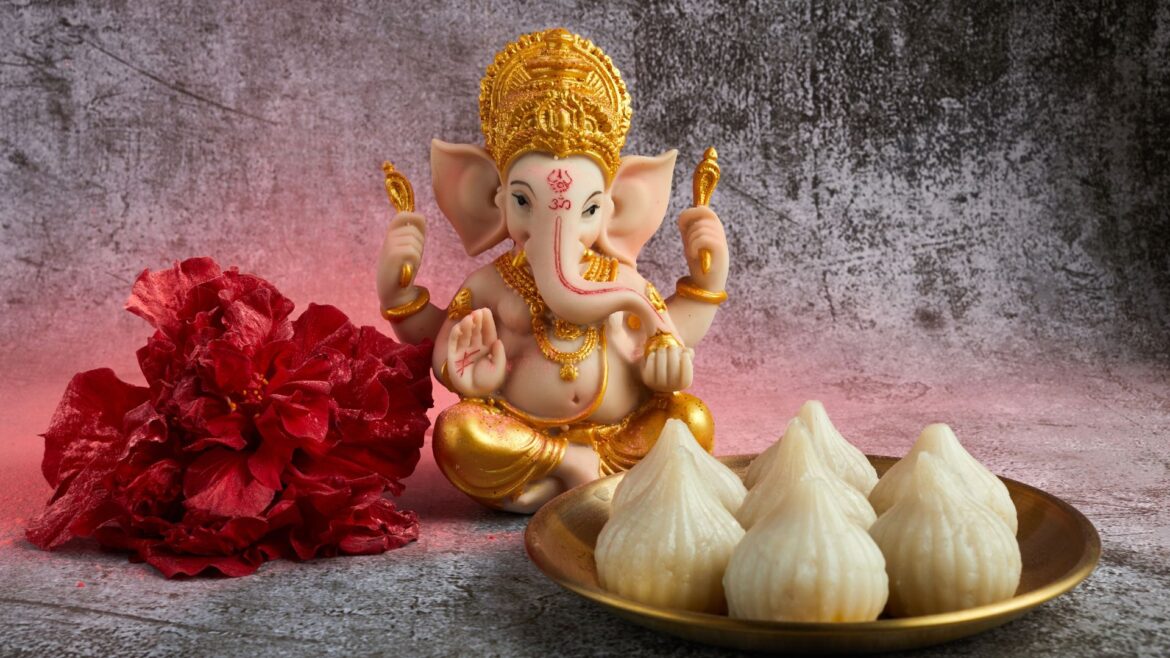
Ganesha Chaturthi celebrates the Hindu god of new beginnings, wisdom and luck. Shloka: वक्रतुण्ड महाकाय सूर्यकोटि समप्रभ | निर्विघ्नं कुरु मे देव सर्वकार्येषु सर्वदा || Meaning: O, Lord Ganesha, the one with a curved trunk & is magnificent, who radiates like a million suns, remove all our obstacles & bless us with new beginnings and successful endeavours
Ganesh Chaturthi marks the onset of festive season in India. Ganesh Chaturthi is a festival traditionally associated with the Indian states of Maharashtra, Goa, and Karnataka. The joyous festival has seen a significant rise in popularity across North India over the past few years.
Even though it is observed in the entire Hindu community, the 10 day festivities have been limited in some parts of the country. Once celebrated mainly in Western and Southern parts of the India, the continued festivities spanning over multiple days has expanded its reach, becoming a vibrant occasion in Delhi NCR, Uttar Pradesh, and other northern states.
This shift is due to many factors like cultural, religious, social, and media-driven.
Ganesh Chaturthi is celebrated to honour and welcome Lord Ganesha, the remover of obstacles and the deity of wisdom and prosperity on Earth. The festival traditionally spans 10 days, beginning with the installation of Ganesha idols in homes and public community spaces, followed by prayers, cultural performances, and the final Visarjan (Immersion) of the idols in water, bidding adieu to the Lord.
The festival has its roots in Maharashtra, particularly with the revival efforts led by freedom fighter Bal Gangadhar Tilak in the late 19th century to bring people and communities together during the British Raj in India. The festival has now gained a pan-Indian presence in recent years.
One of the primary reasons for Ganesh Chaturthi’s spread to North Indian states is the large-scale migration of people from Maharashtra and southern states to Northern cities like Delhi, Gurugram, and Noida for work and education. These communities bring their traditions with them, including the celebration of Ganesh Chaturthi. The festival has been embraced by local populations. This cultural assimilation has been particularly evident in metropolitan areas, where cultural exchange among diverse communities has contributed to the broader acceptance of the festival.
Ganesh Chaturthi was first celebrate to increase the sense of community. Similar to how the festival grew in popularity in Maharashtra, intimate celebrations, public celebrations and large-scale pandals have become common in North India. These celebrations draw large crowds, offering a community space for both religious and social engagement. The celebrations often feature cultural performances, musical shows, and other activities, appealing to people across age groups, religious beliefs, and regions, making Ganesh Chaturthi a community festival along with being a religious one.
The influence of movies has played a key role in popularizing Ganesh Chaturthi beyond Maharashtra. Popular movies and songs have showcased grand Ganesh celebrations, inspiring people across India to adopt the festival. Television shows, digital platforms, and social media further promote the festival by sharing visuals of grand celebrations, leading to increased curiosity, initiation and participation among people in North India.
Lord Ganesha is a revered deity throughout India. Even though it is a Hindu festival, it is celebrated by people from many other religions as well. Ganesha is worshipped at the beginning of new ventures and seen as an embodiment of wisdom and good fortune. The universal appeal of Lord Ganesha has made it easier for the festival to transcend regional boundaries. In North India, where religious festivals like Navratri and Diwali are already popular, Ganesh Chaturthi is now widely celebrated. People bring Ganesha home or in their communities for 1.5, 3, 7 or 10 days depending upon their personal preference and the festivities continue for the period.
The commercialization of festivals has also played a role in the spread of Ganesh Chaturthi. Markets in North India now actively cater to the festival by selling idols, decorations, sweets like modak, and other festival-related items, creating economic incentives for its celebration. The booming market for eco-friendly Ganesha idols has also appealed to environmentally-conscious citizens, further encouraging the festival’s adoption in new regions.
Ganesh Chaturthi has also been adopted by various community and political organizations in North India to foster local unity and social harmony, as was done by Bal Gangadhar Tilak when he started the community celebrations. The festival has increasingly been used as a platform to highlight social issues and community causes, making it relevant to modern urban contexts in North India.
The growing popularity of Ganesh Chaturthi in North India is the result of multiple factors, ranging from migration and cultural exchange to media influence and commercialization. Its pan-Indian religious significance, coupled with the inclusivity of public celebrations, has allowed the festival to transcend its regional origins and establish itself as a major event in North India. As cities and towns continue to embrace diverse cultural practices, Ganesh Chaturthi’s popularity in the North is likely to continue expanding in the coming years
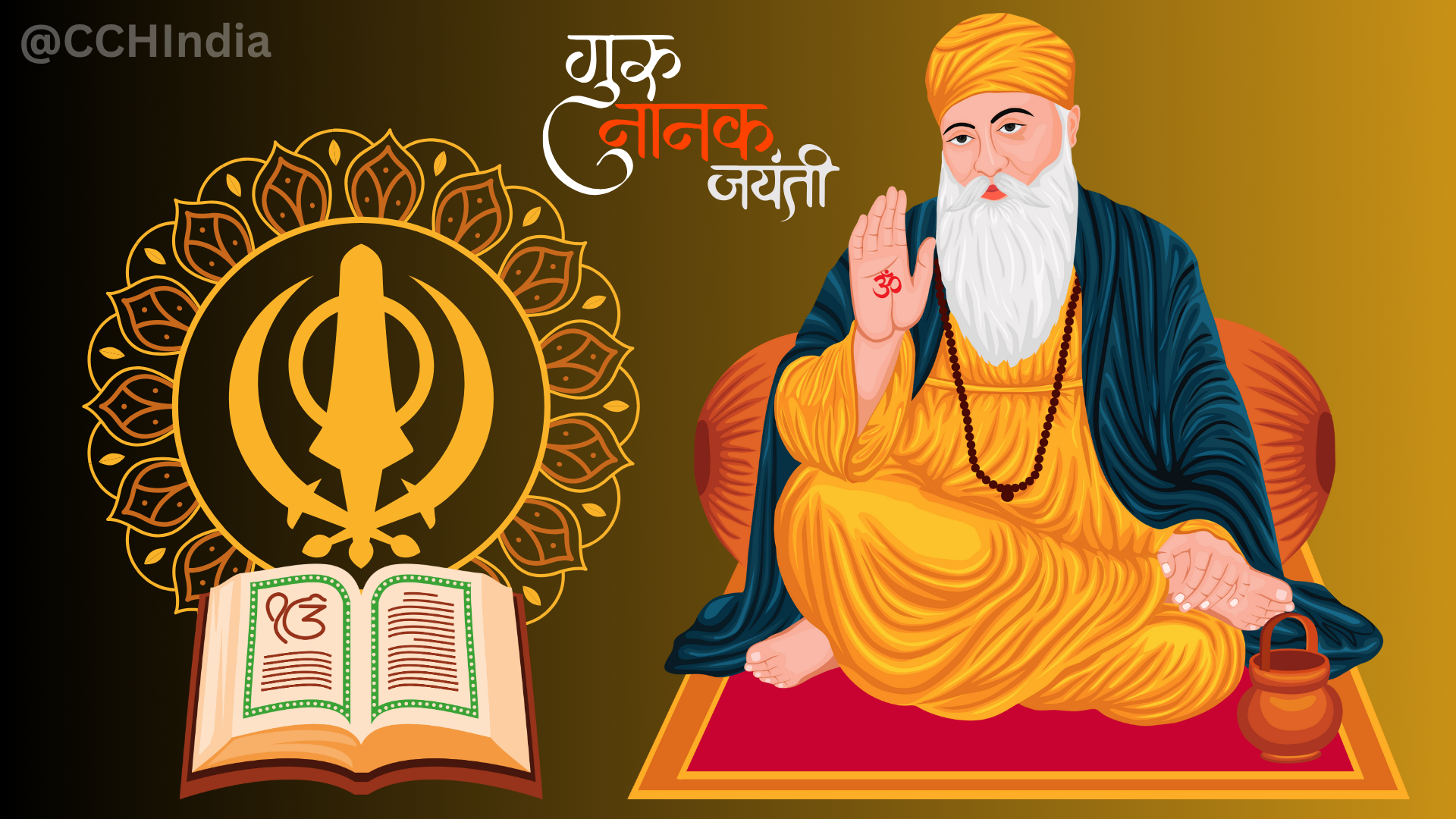
Celebrate Guru Nanak Jayanti 2025 with inspiring wishes, quotes, and messages that reflect the divine teachings of Guru Nanak Dev Ji.
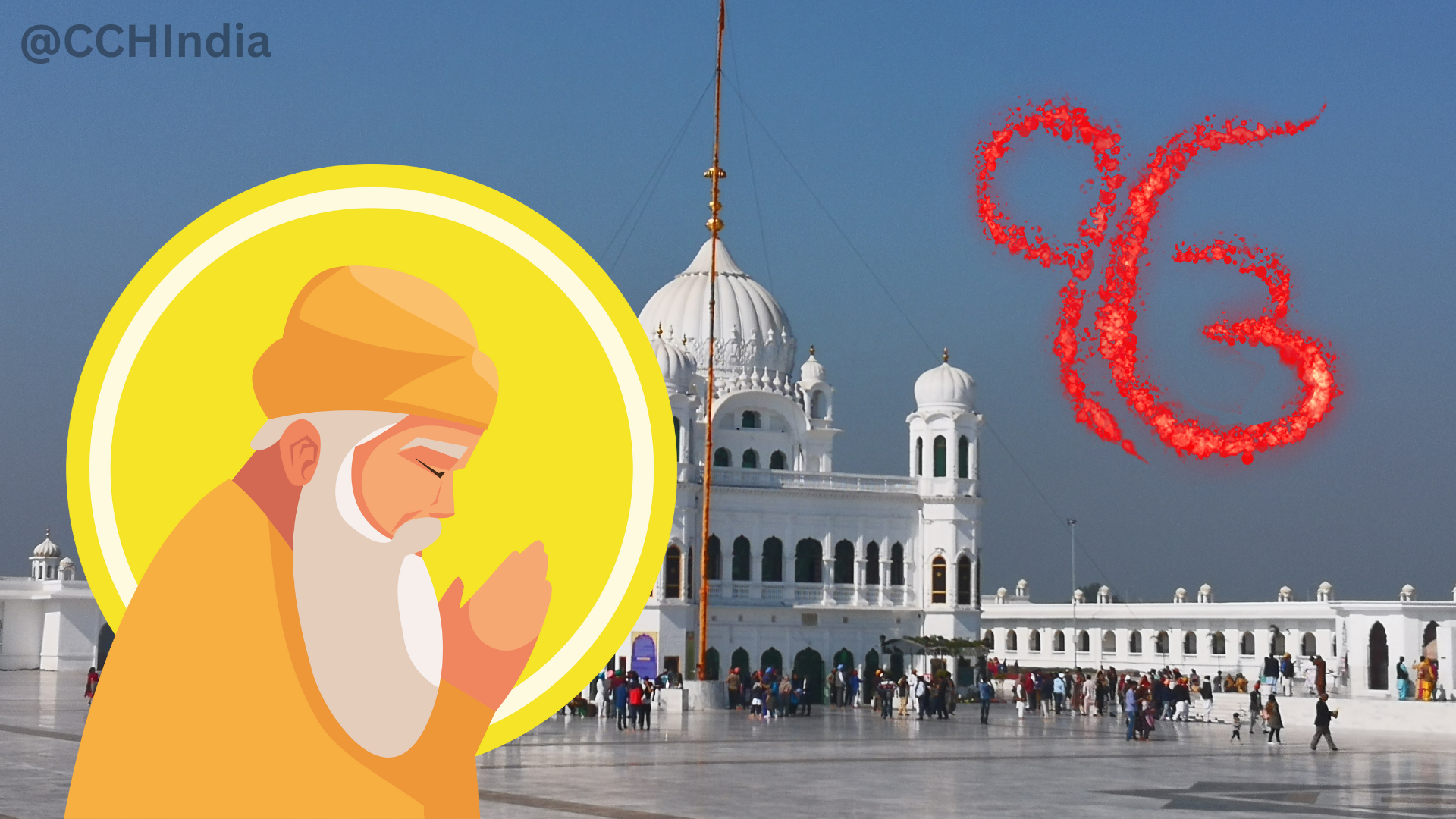
Discover Guru Nanak Dev Ji’s divine journey from Nankana Sahib to Kartarpur, spreading the message of peace, equality, and universal brotherhood.
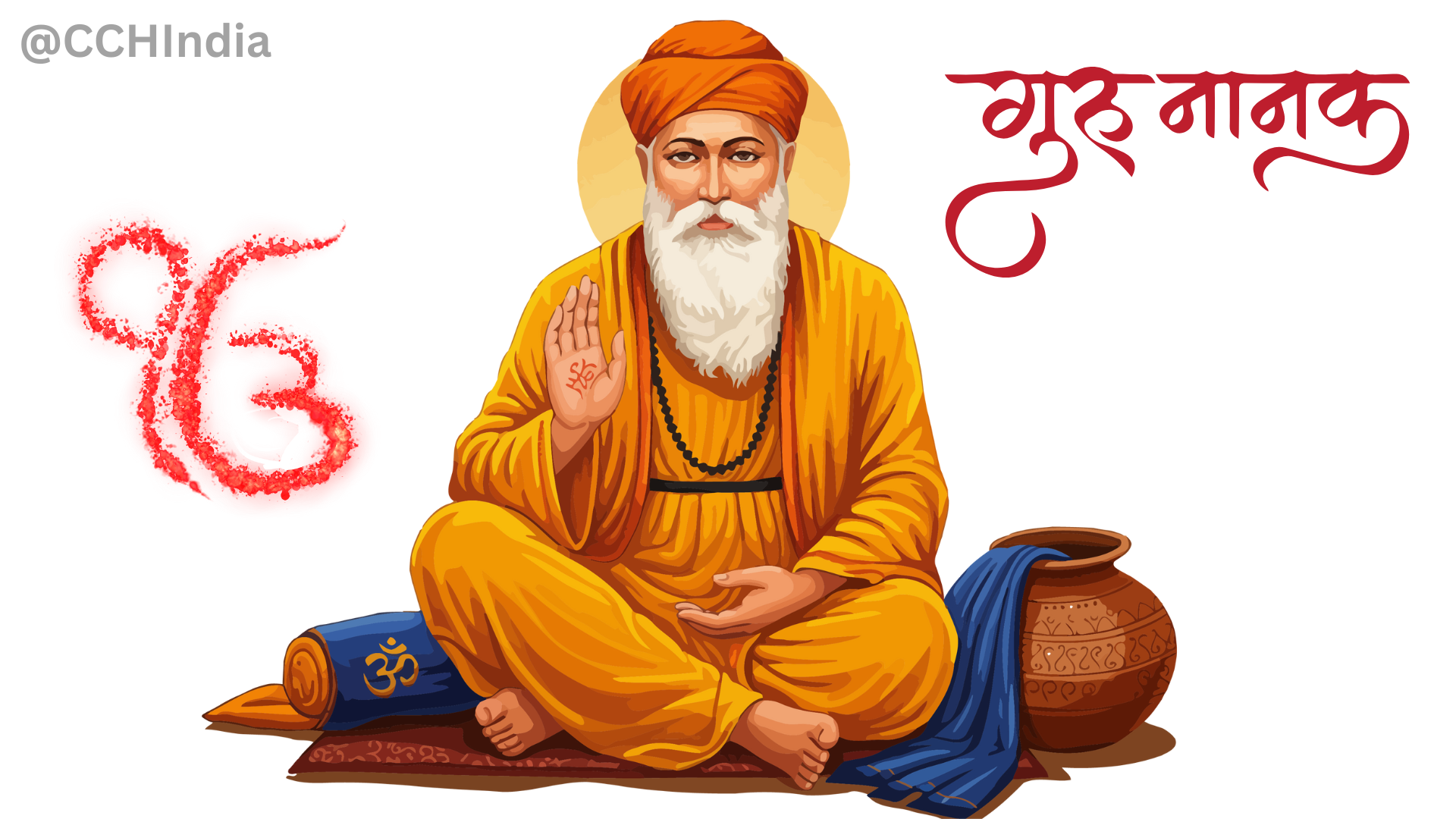
Discover 10 timeless quotes by Guru Nanak Dev Ji that inspire peace, compassion, and oneness. Explore his divine words that continue to guide humanity toward truth and harmony.
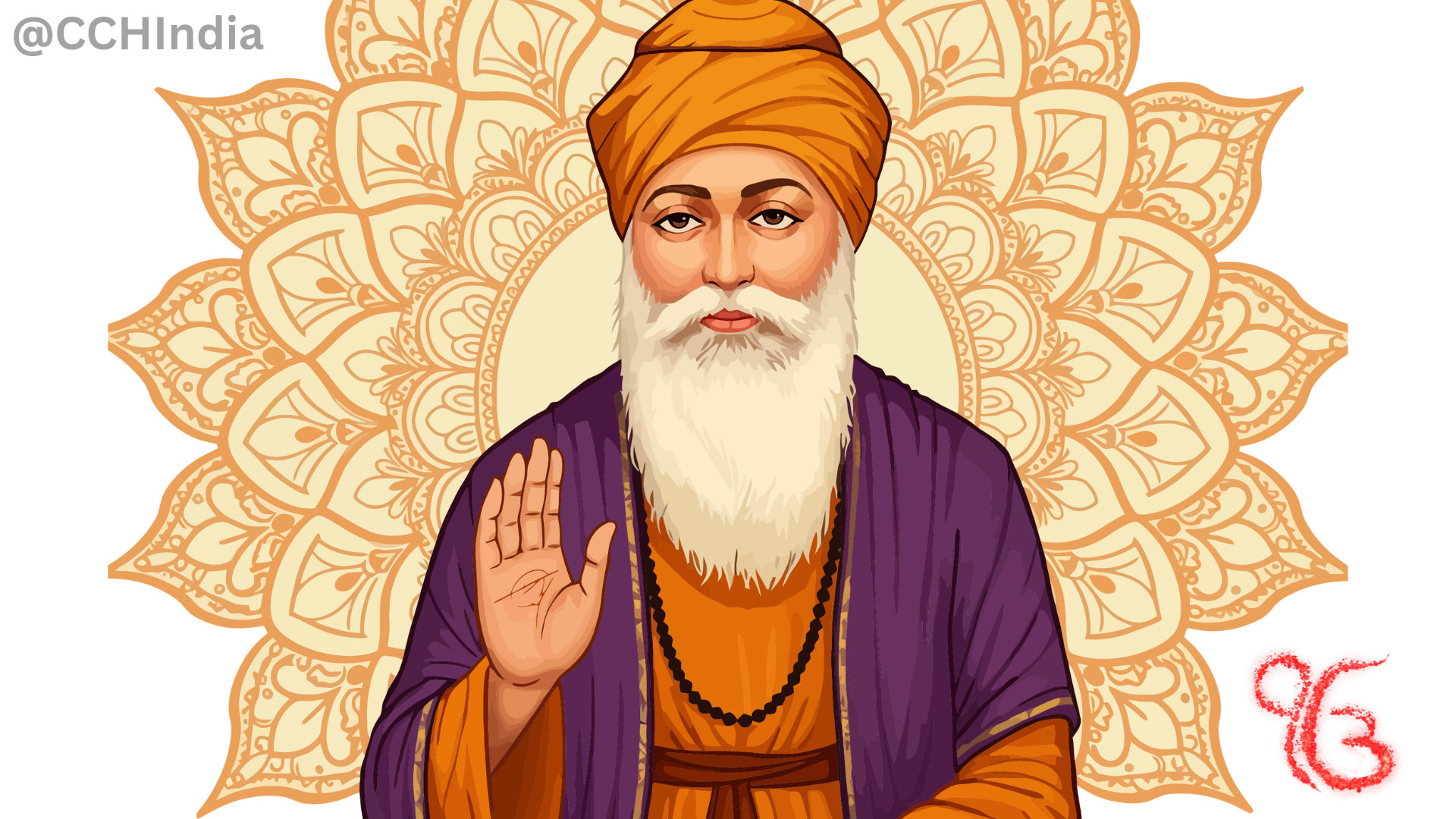
Discover Guru Nanak Dev Ji’s timeless message of Oneness, Equality, and Universal Love. Learn how his teachings of compassion, selfless service, and truth can guide humanity toward peace and unity.

